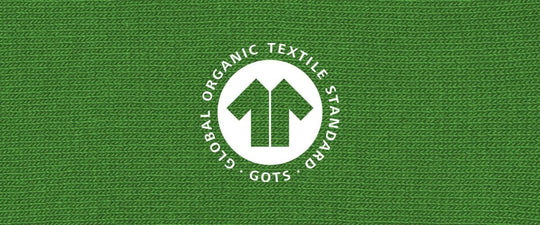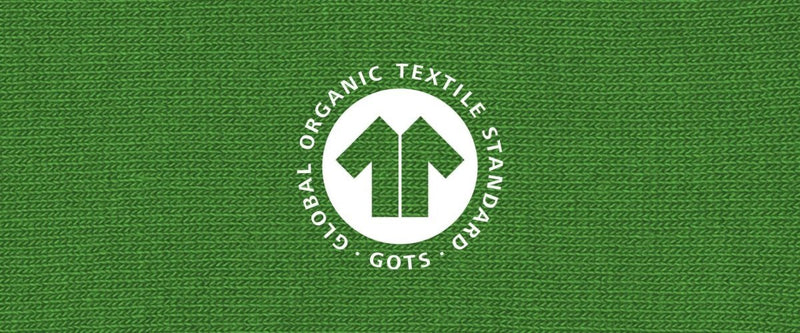We live in a time when climate change is at the heart of global challenges. A concept that is being mentioned more and more often is “carbon neutrality”. In essence, carbon neutrality describes the state in which the CO2 emissions caused by a company, organization or person are completely offset.
Since 2020, DillySocks has been a company that offsets its CO2 emissions financially. This means that we have recorded our greenhouse gas emissions, are continuously working to reduce them and offset the unavoidable emissions by investing in climate protection projects. More information can be found in this article.
Psst.. if you would like more insights into our sustainability strategy in addition to climate neutrality, have a look here .
Content
Financial climate contribution = CO2 compensation?
Basically, the approach of the financial climate contribution is a combination of continuous CO2 reduction and CO2 compensation. This means that the total CO2 emissions caused by a company are fully offset.
In terms of DillySocks, this means that the amount of CO2 released into the atmosphere by our company and our products is calculated annually and offset with the help of appropriate measures, so that our carbon footprint is ultimately 'neutral'. In addition to offsetting, our main goal is to continuously reduce our greenhouse gas emissions.
In order to achieve climate neutrality, two ecological footprints must be calculated: the product carbon footprint and the corporate carbon footprint.
Our Product Carbon Footprint

To calculate our emissions, we track the PCF, the Product Carbon Footprint. In 2023 the PCF was 328 t CO2. This includes all (indirect) emissions for a year that arise during the manufacture and transport of the product. This includes sourcing the materials, making the yarn for our socks, dying the fabrics, sewing the products and transporting them to our warehouse.
Our corporate carbon footprint

In addition to the PCF, we also use the CCF, the corporate carbon footprint. In 2021 the CCF was 31 t CO2. This includes all emissions of a year that arise in our office in Zurich. This includes heating, electricity and water consumption, but also how our employees travel to the office or external appointments and the purchase of new equipment.
This is how we offset our emissions
In order to make our contribution to climate protection and to offset our CO2 emissions, we have teamed up with ClimatePartner . ClimatePartner is a renowned expert in the field of CO2 reduction and compensation and supports companies in achieving their climate goals. Together we have been calculating our CO2 balance since 2020 and identifying where in our company we can further reduce our emissions. ClimatePartner also helps us to offset remaining CO2 emissions by investing in certified climate protection projects.
Our climate protection projects
We are proud to support various climate protection projects that have been proven to have a positive impact on the environment. In the past we have already supported a social impact project in India and a clean drinking water project in Sierra Leone.
Currently, one of the key projects that we support is the expansion of renewable energies in Chile and various African countries. By investing in clean energy sources such as wind and solar power, we encourage the shift from fossil fuels to climate-friendly alternatives. This helps reduce carbon emissions and drive the transition to a more sustainable energy supply.
Take a closer look at our compensation projects
FAQs on Financial climate contribution
Carbon neutrality for companies means that they record their total greenhouse gas emissions and take measures to reduce and offset these emissions. They strive to reduce their carbon footprint through the use of energy efficient technologies, renewable energy and sustainable practices. In order to offset remaining unavoidable emissions, climate-neutral companies invest in climate protection projects, such as reforestation initiatives or renewable energy projects, to make their contribution to climate protection.
In short: no. It is important to understand that carbon neutrality is not the same as zero emissions. While carbon neutral means that the overall balance of CO2 emissions is balanced, zero emissions implies that no CO2 emissions are generated at all. That is not the case with us.
Although we work hard to reduce our carbon emissions, there are certain activities or processes that create unavoidable emissions. Among other things, we cannot prevent emissions that occur during material extraction, production or the transport of our products. We therefore offset such emissions by investing in climate protection projects.
Anyone who deals intensively with the topic of climate neutrality has probably heard one or two criticisms of the concept. Of course we don't want to deny ourselves critical voices and present them accordingly in this article
Challenge 1: Climate neutrality = Greenwashing: One accusation is that some companies use climate neutrality as a marketing tool without actually making sufficient efforts to reduce emissions. This "greenwashing" can undermine consumer confidence in carbon neutral claims if they are not credibly backed up
We are firmly convinced that the core idea of climate neutrality - i.e. the measurement, continuous reduction and compensation of unavoidable emissions - represents a fundamental responsibility for every company. We face up to this responsibility in cooperation with ClimatePartner.
Challenge 2: Shifting Responsibility : Carbon neutrality may tempt some companies to rely on offsetting instead of actively reducing their own emissions. This can result in companies being less motivated to implement more sustainable business practices.
We are clearly countering this with our sustainability goals. Part of our DillyDNA is our careful use of resources. To reduce our CO2 emissions, we have already achieved the following milestones:
- 100% of our socks are made with organic cotton instead of conventional cotton
- 100% green electricity use in our office
- 100% green electricity use in the Swiss warehouse
- No plastic in the packaging
Again and again the word mitigation is used in relation to climate neutrality. What does this term stand for? In the first step, this can be derived from its origin in Latin. "Mitiatio" stands for mitigation, alleviation.
The principle of climate neutrality involves 1) reducing emissions and 2) offsetting unavoidable emissions. Mitigation therefore starts with the reduction of emissions , i.e. point 1. Actions and measures that reduce emissions from the outset reduce the CO2 effect from the outset, meaning that fewer emissions have to be offset.


















